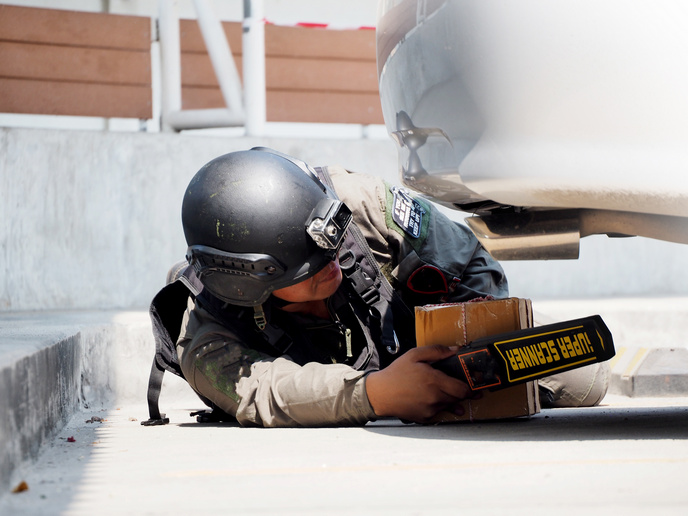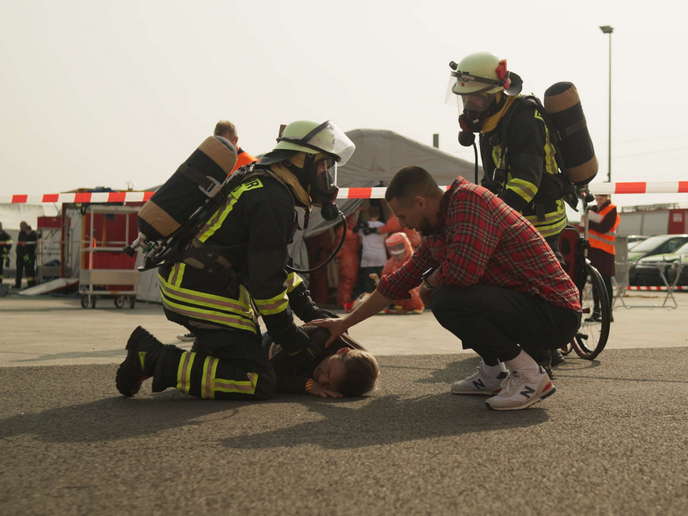Forensics investigation methods for explosive devices
The world is a volatile place, with a rise in global terrorism incidents involving improvised explosive devices (IEDs). Advanced forensic evidence collection after bomb blasts is required to stay ahead of more terrorism attacks and help neutralise threats. The EU-funded project FORLAB (Forensic laboratory for in-situ evidence analysis in a post blast scenario) rose to the challenge. Project members worked on specific ways to optimise evidence collection after an IED blast. The main innovation focused on establishing a dynamic, real-time feedback loop between the forensic team involved in the evidence-collection process at post-blast scenes and the distant laboratory, where all information from the scene is available in real time. To achieve its aims, FORLAB developed a system of highly advanced analytical forensic technologies (LIBS-RAMAN, LIF, NLJD) for sample screening and 3D scenario recreation in just a few minutes. The end users who took part in the project are highly involved in optimising the system, providing a valuable tool that enables command and control centres to take real-time decisions. The project team assessed available technologies and outlined the system's specifications, beginning development of prototype equipment for screening evidence on-site. Work was done on the communication and positioning of modules within the system, as well as the technique for 3D recreation. In terms of dissemination of project results, FORLAB has created a website and developed materials such as newsletters and leaflets. The project partners organised a simulated scenario (including a real explosion) and conducted laboratory tests to validate the technologies with the aim of perfecting the system. Another test campaign was performed using simulations of three different scenarios to collect real data to fine-tune the technologies. This has enabled an improvement in procedures used by European security forces to investigate crime scenes, particularly after blasts, by reducing the overall time needed to complete the investigation. The new integrated technology may reduce the number of laboratory samples required and support investigators in identifying the perpetrators. The technology developed by the FORLAB consortium will play a vital role in protecting society by identifying the materials used in terrorist acts, thereby helping to apprehend the perpetrators.







